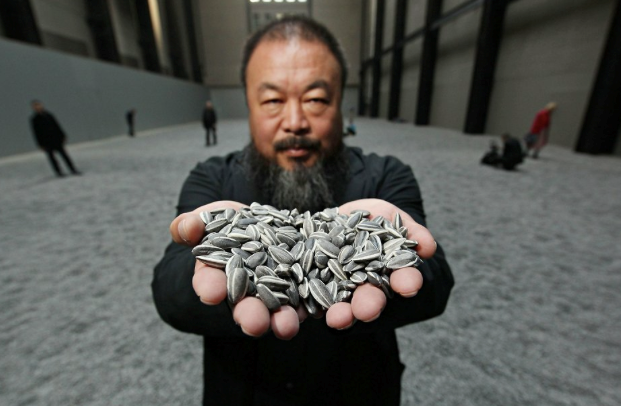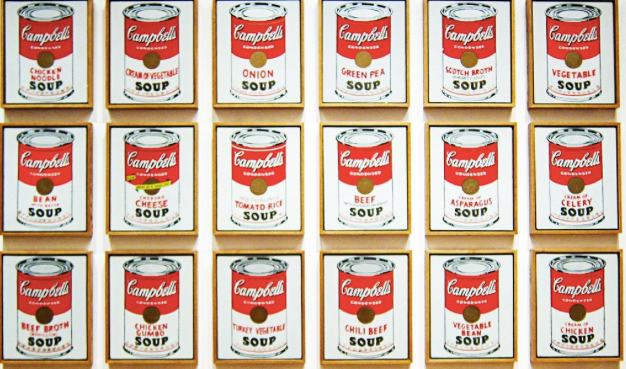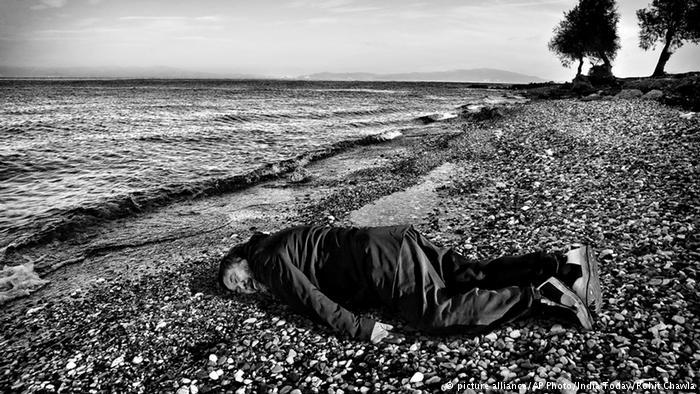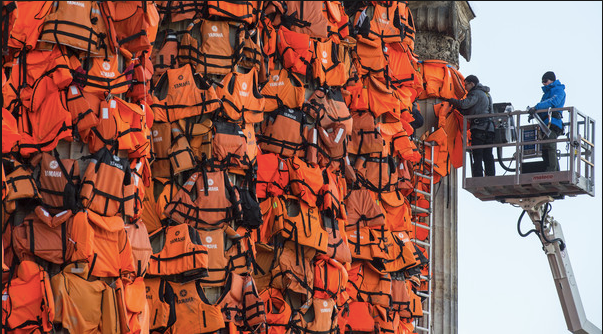
Internet is the answer
Thoughts on the way Ai Weiwei spread his message globally
"Technology is liberation. I think the information age probably is the best thing to happen to the human race in human evolution. Now you have the equal opportunity to equip yourself through information and knowledge and express yourself as an independent mind."
Ai Weiwei
Ai Weiwei was born in an intellectual family in 1950s China. Under the unjust treatment from both the Nationalist Party in 1930s and Chinese Communist Party in 1950s, he grew up witnessing the influence politics imposed an individual’s life.
After spending more than 10 years living in New York as a member of the avant-garde artist community, he returned to Beijing in 1993 and started to establish the philosophy of art in the context of China. Since 2005, one year after the Web 2.0 was popularized, Weiwei started blogging as a form of activism in response to the Chinese state. After his blog on Weibo was closed down, he moved to Twitter and Instagram which helped reach global audiences, shifting from a national concern towards international compassion and engagement.
As a consequence of the disseminating effect of the Internet, Weiwei has been seen as a celebrity, in addition to an intellectual figure. The documentation of his mundane everyday life is a type of covert activism, and creates a new art form emerging under the communication of a so-called ‘Blogosphere’.Hence, Weiwei as this dual artist-activist pushes us to appreciate the duality of creative expression, especially in a place like China, where the right is not fundamental in its capacity. The forum of the Internet is a fascinating medium, for its accessible nature is ephemeral as well as permanent. Even in China, which is infamous for heavy censorship and surveillance, the exceptional but known hack of VPN access facilitates the curious to partake in an information age.
Weiwei himself, as well as other artists like Andy Warhol are a part of a contemporary movement that shatters our preconceived notions of ‘art’ by using unusual mediums (i.e. Warhol’s Campbell Soup Cans are mass-produced kitschy prints and Weiwei’s Blogosphere on the Internet). For them, is more about the statement than about the aesthetics, skill or technique behind the art. Additionally, the very process of composing their art is a commentary on excessive, capitalist modes of production at an attention grabbing and spectacular scale. In the case of the Sunflower Seeds for instance, the process of the project is a principal part of the final piece since each seed was hand painted by a Chinese labourers. They stand on the edge to create headlines in easily consumable forms of art through satire and individualism, as extremely provocative as mirrors of societal upheaval.


In 2016, Weiwei received both bouquets and brickbats for his recreation of the iconic image of the boy Alan Kurdi washed ashore; which was a symbol of the refugee crisis. In his subversive format, he as a Chinese citizen creates an affinity to the issue around the migration influx in the European Union with his past involvement in the displacement in Greece and Gaza. On the contrary, he also received criticism on social media for being “too populist” and lacking the agency to comment or empathize with the Syrian situation. Such a dichotomy surrounding art and globalization raises a paradox regarding the future of transnational creativity in a space where politics evokes both a need for a singular humanity but also establishes fierce nationalistic agendas.

We discussed ‘Hybridization’ as the “emerging of cultures” in previous classes, and in the case of Weiwei's micro-blogging there is certainly a hybridization of art forms and media. The tweets of Weiwei are hybrid form of poetry, manifesto, image, humor and activism combined together as a micro blog of 140 characters. People who are interacting with him are also part of this artistic expression and thus in a sense part of his larger work. The so-called ‘Web 2.0’ facilitates these hybridized forms, since its core is user-generated and for all to communicate and create content together on the Web. This makes us all literal nodes in network connected to each other, and that relates to a modern-day lifestyle that not anymore about who we are but what we are in relation to. This feeling of being just a node, seems to be visible also in some offline art work of Ai Weiwei (i.e Sunflower Seeds or Life Jackets exhibition).

The internet can also be considered as an art medium which is much more flexible than static art works such literature, paintings and sculpture. The internet is nonlinear, however the novel for instance, is still linear. This nonlinearity creates the opportunities to mould our own path in engaging and absorbing the art-from. This fits perfectly the philosophy of ‘Awakening’ by Weiwei. He calls one “awakened” when one chooses for themselves and lives in a transparent non-hierarchical world which facilitates all kinds of desired freedoms.
His audience is also calling him´Bodhisattva', which means that he himself is the awakened and Ai WeiWei is also responding to this name on his twitter. This implicitly points to the idea that Ai WeiWei himself is also an artwork. This idea comes more forward in his performance artworks, such as livestreaming himself and his celebrity status.
Censorship and freedom of expression of artist has been and still is a major problem, especially in countries like China. However, social media and blog platforms give the citizens place to raise discussions and critically think about situations both in other countries, as well as issues that are relevant to ponder over at a global stage. Ai Weiwei, as a contemporary artist, make the most of Internet via constant sharing and updating, and getting his messages out to wider public. In that sense, art and social media are both tools for interaction. So, when the potential of the Web is used to the fullest, art could reach its capacity.
Written by:
Asya Krusteva
Biba Becker
Katyayani Sinha
Kiki Bathoorn
Martha Tian
Discussion questions:
Do you think contemporary artists make the most of social media as a platform for interaction with their audience?
Do you consider Ai Weiwei as a Chinese national, or a global/transnational citizen and why?
Is globalization the reason why Ai WeiWei shifted from national themes to more international themes, such as the refugee crisis?
References:
Ai Weiwei Biography, Art, and Analysis of Works. (n.d.). Retrieved October 15, 2017, from http://www.m.theartstory.org/artist-ai-weiwei.htm
Strafella, G., & Berg, D. (2015). “Twitter bodhisattva”: Ai weiwei’s media politics. Asian Studies Review, 39(1), 138-157. doi:10.1080/10357823.2014.990357
Stevens, M. (2012, September 01). Is Ai Weiwei China's Most Dangerous Man? Retrieved October 15, 2017, from https://www.smithsonianmag.com/arts-culture/is-ai-weiwei-chinas-most-dan...
Shaw, A. (2017, May 31). Ai Weiwei poses as drowned Syrian refugee toddler once again. Retrieved October 12, 2017, from http://theartnewspaper.com/news/ai-weiwei-poses-as-drowned-syrian-refuge...
Watch more:
https://www.youtube.com/watch?v=MVnH8ou3Kd4 - Ai Weiwei’s TED talk
https://www.youtube.com/watch?v=yk7D4-okSG0 - Ai Weiwei on the Power of Social Media
https://www.youtube.com/watch?v=6hvZ6JJdSUM - Ai Weiwei on the Importance of Social Media
https://www.youtube.com/watch?v=HtDTPZX8IRQ - Ai Weiwei on the Chinese Government